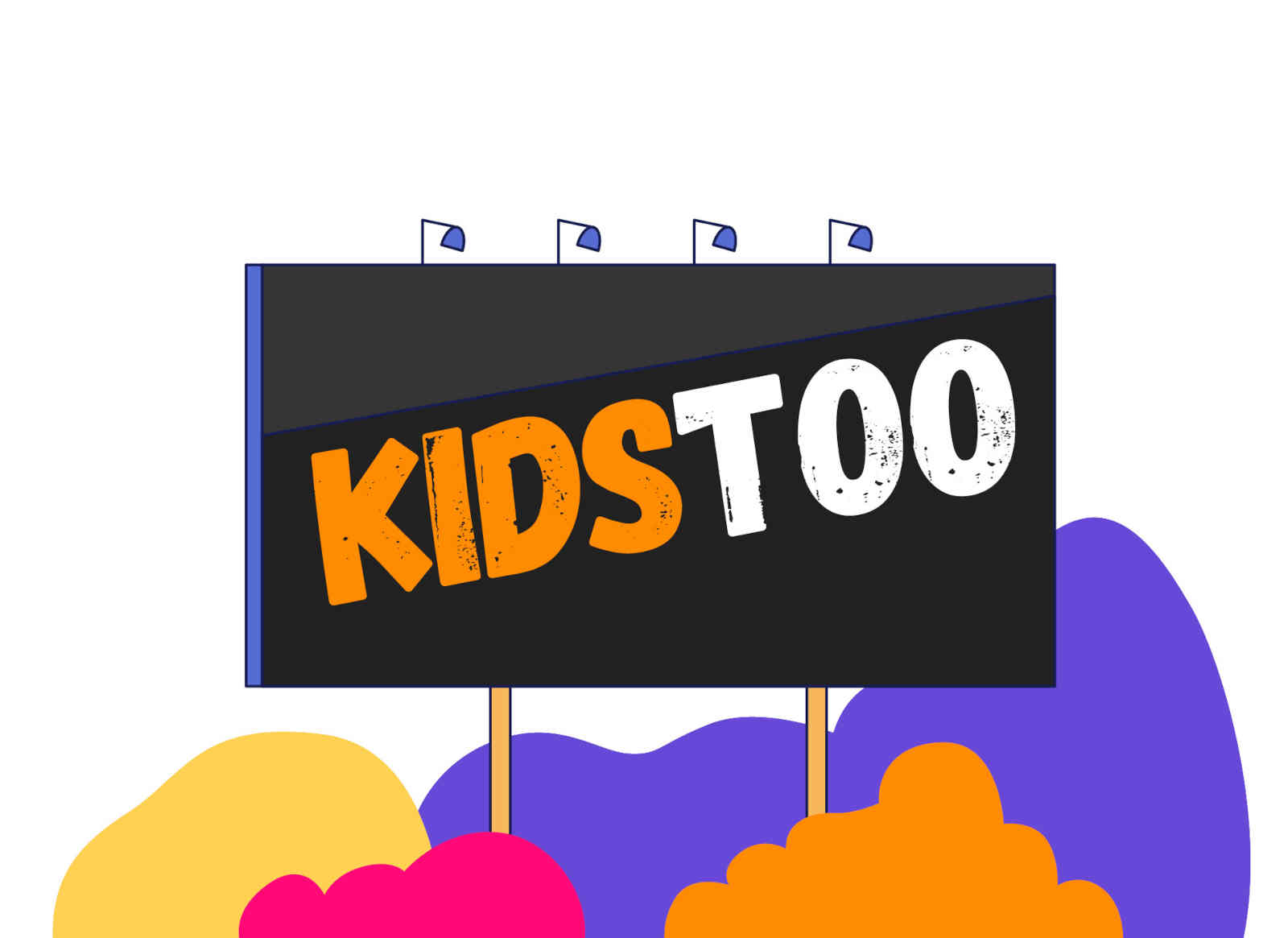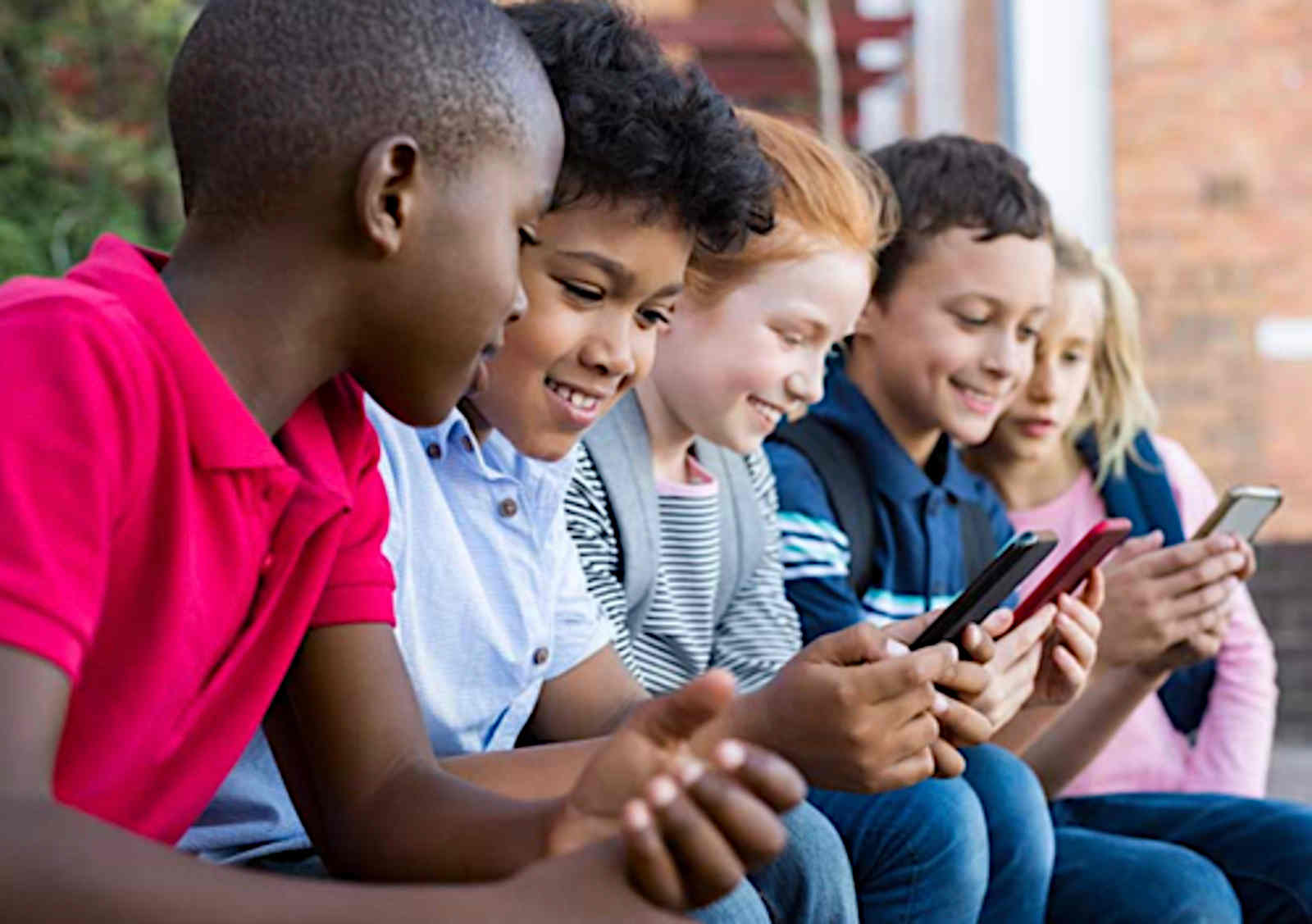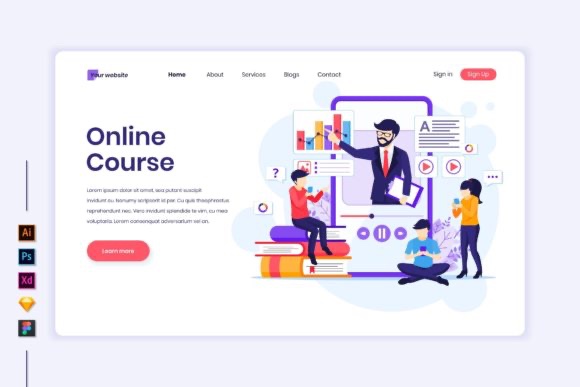
From MeToo to #KidsToo: Getting GenZs Involved with Child Safety Online
The MeToo movement brought the prevalence of sexual assault to the public light and provided survivors a voice to speak of their experiences. And while this issue is of the utmost importance, it also helped to lay the groundwork for KIDS TOO, especially since predatory activities against children are also occurring, leaving many children negatively impacted.
The KIDS TOO movement has given children and parents a greater role in child protection and a bolder voice to speak out against these crimes. This movement is especially important given that kids 18 years of age and younger now make up 50% of the population in the United States. Additionally, this generation of children has seen many traumatic societal events, including the recession, 9/11, the pandemic, and racial protests. Many of today’s children are also struggling with poverty, exploitation, and health issues as well.

KIDS TOO attempts to address one of the biggest threats to the safety and well-being of the nation’s children – online predators. As digital devices permeate every aspect of life, protecting children from inappropriate content, online grooming, exploitative communication, and cyberbullying is harder. And social media is one of the most pervasive places to find these threats.
In fact, according to a 2021 report from the Family Online Safety Institute, most Generation Z people do not feel that social media has made a positive impact on the world. Younger generations understand that the internet is not a safe place, but the question lies with what parents in this generation will do to protect children online. According to a FOSI Report, while 57% of Baby Boomer parents and 43% of those in Generation X ‘own’ the responsibility of keeping their children safe online, only 30% of millennials consider themselves the ‘most responsible’ party in keeping kids safe while online. In fact, this generation tends to view online safety as a shared responsibility that includes the media and tech industries, governmental agencies, and schools, in addition to the children and parents.

Millennial parents tend to explore information from a wide range of sources, and more of them use safety controls. Approximately one-third of millennial parents use safety controls on social media platforms; only a quarter of older parents use this feature. Millennials are also more likely to use the platform’s controls for gaming and streaming music and video.
Media and tech companies must consider that millennial parents view online safety as a shared responsibility. These parents belong to the largest U.S. generation and have a collective population of 72.1 million. Their ability to take a stand will be essential in creating solidarity. If we consider the FOSI study, this generation will likely impact the direction of online safety sooner than most expect.
Additionally, Tania Haigh, founder of the KIDS TOO movement, points out, “Nearly half of millennials and GenZs surveyed said that, over the past two years, they have made choices about the types of work they would do—and the organizations they’d be willing to work for—based on their personal values. GenZs and Millennials can get involved with social impact causes that help protect kids by supporting businesses/nonprofits that drive social change for kids and getting behind movements like the KIDS TOO movement.”

This population can also get involved in their workplace to drive change for charities that protect kids. With more than 95% of younger adults owning smartphones in the United States, those in Generation Z and millennials can build a social network/community to bring awareness online about protecting children.
The reality is that the world remains a dangerous place, and children are especially vulnerable to predators. While physical threats exist, digital ones may be an even bigger concern. Modern parents will have to play a pivotal role in protecting children from online threats. Organizations like KIDS TOO help parents educate themselves on the dangers that are present and how to protect their children when online, which is essential in keeping the next generation healthy and safe.







